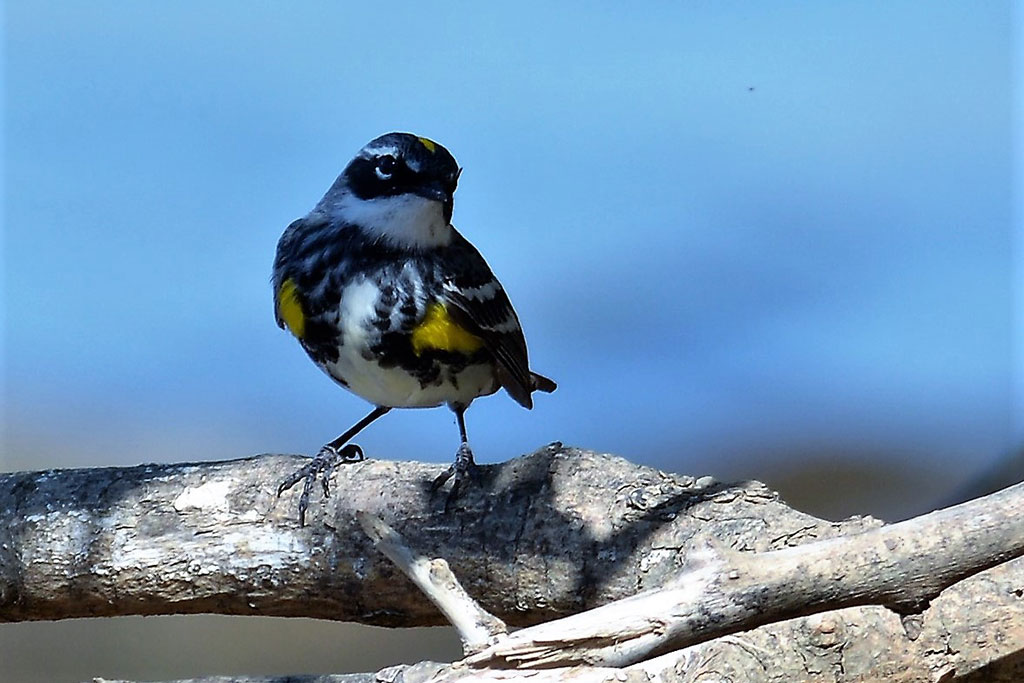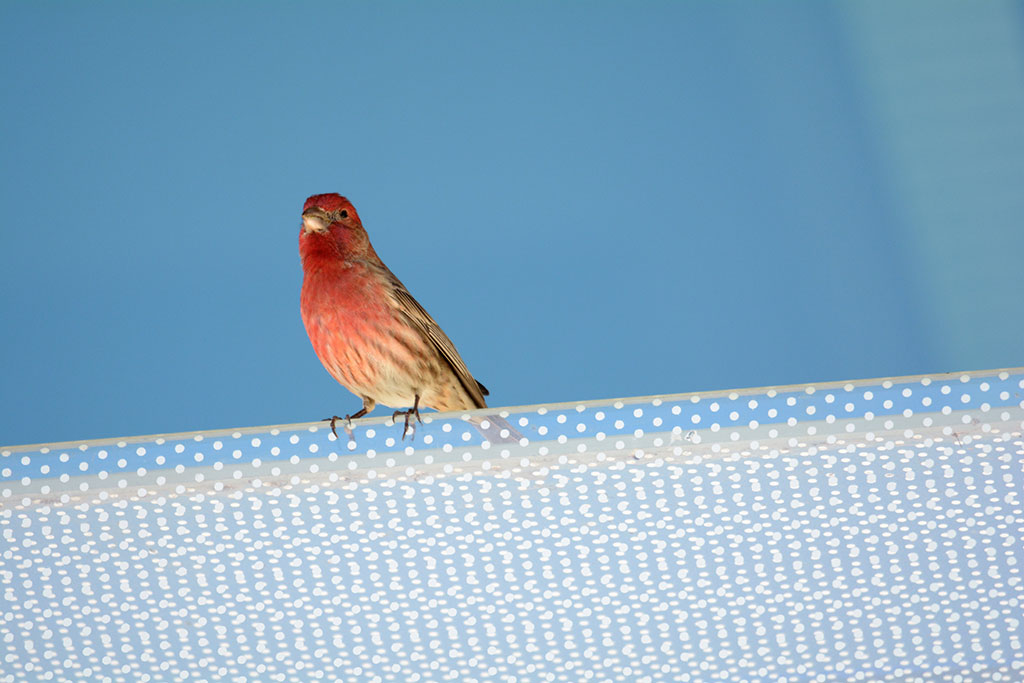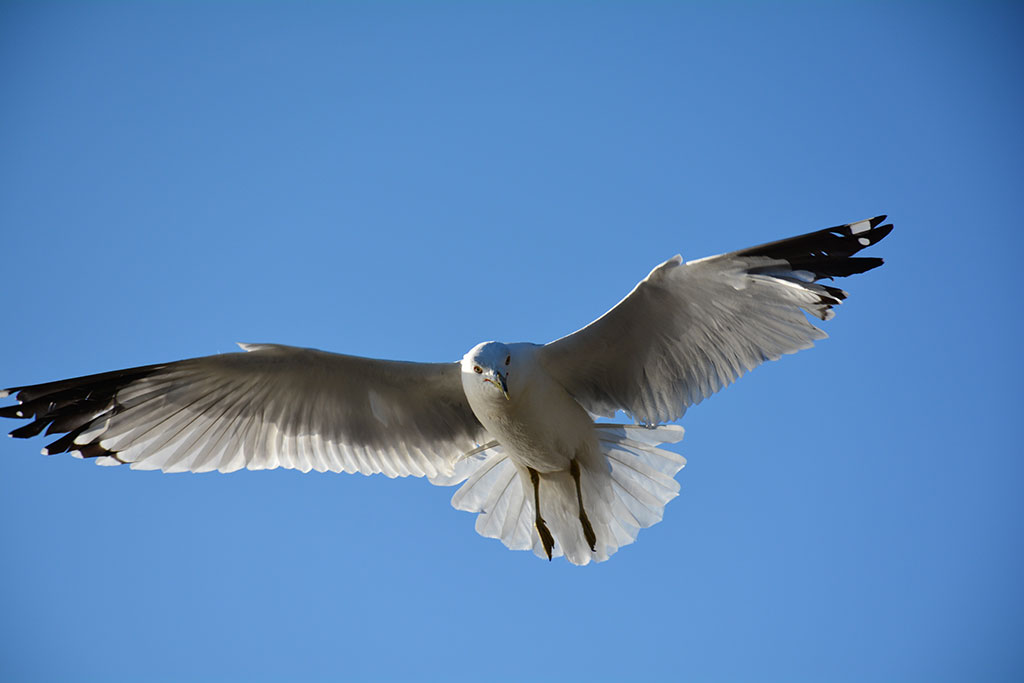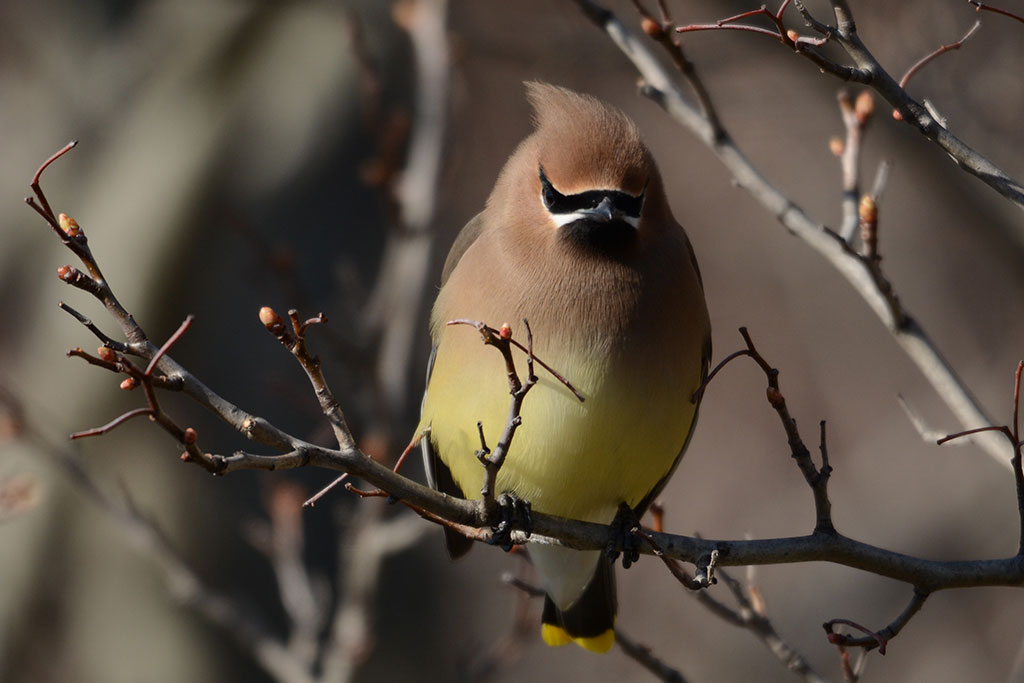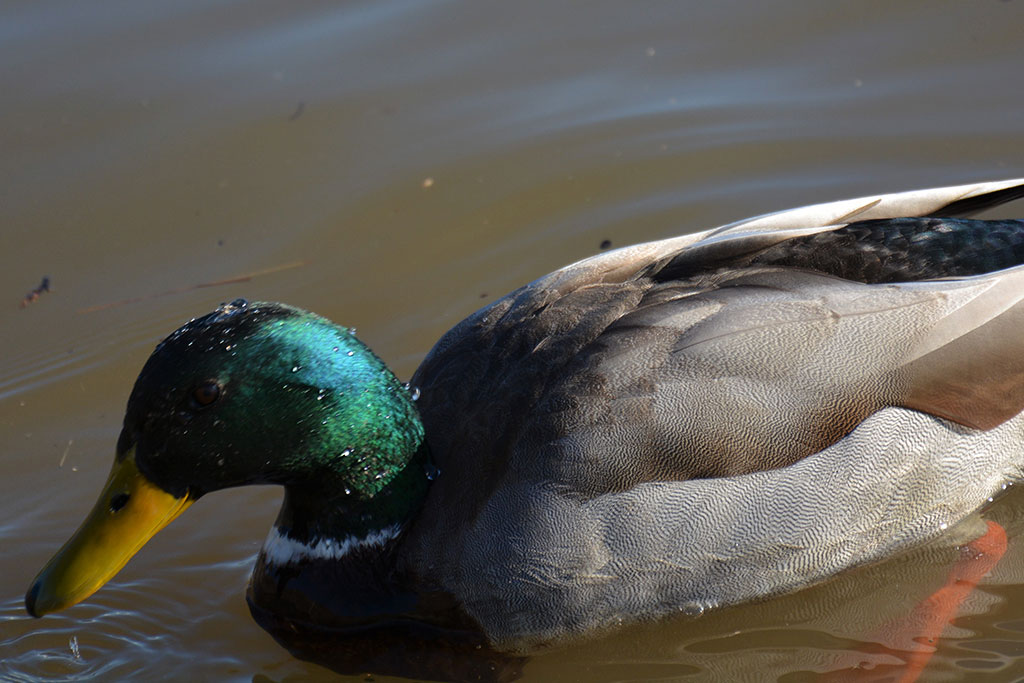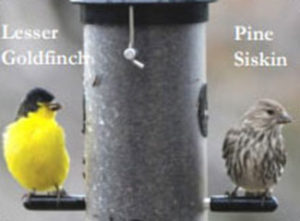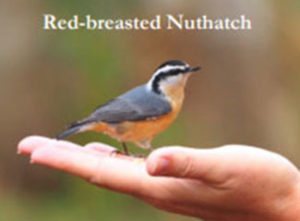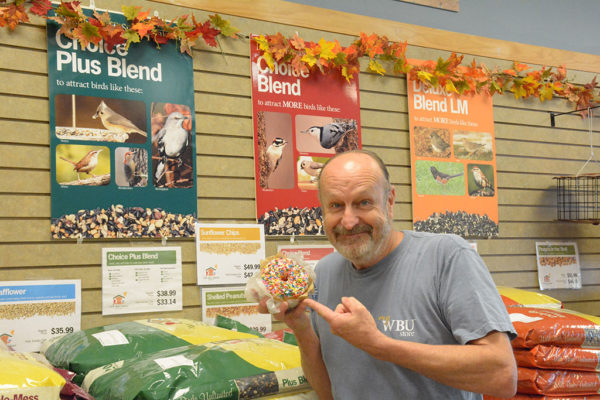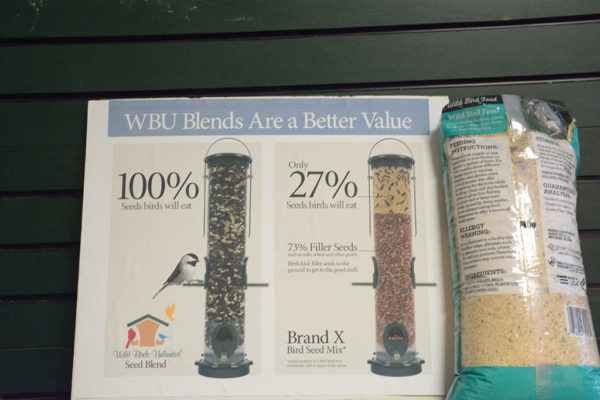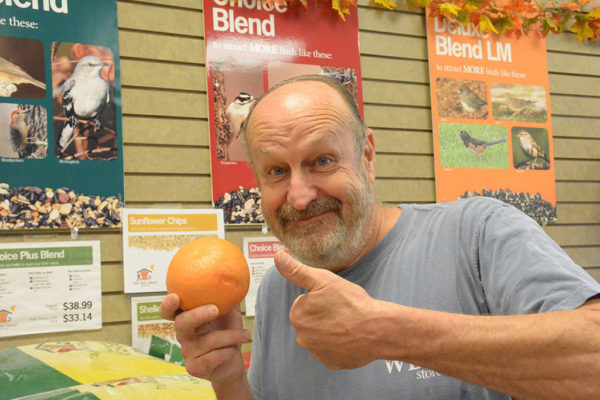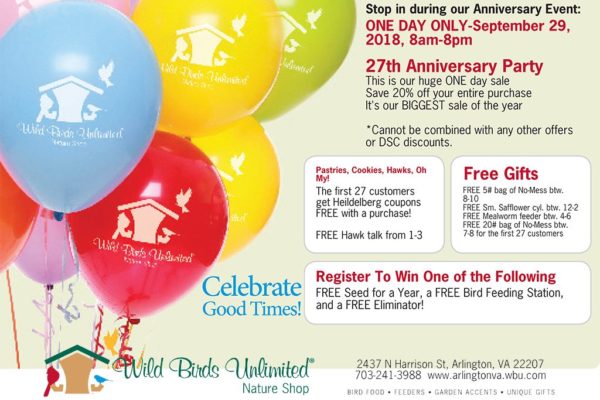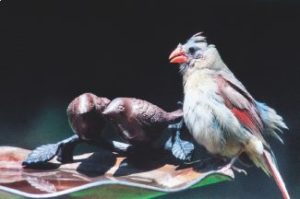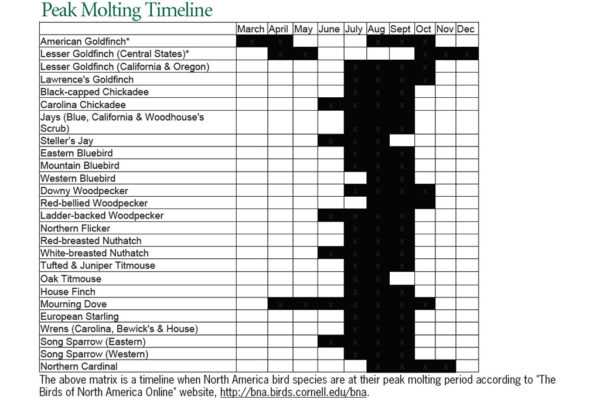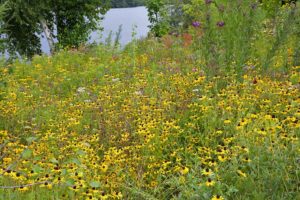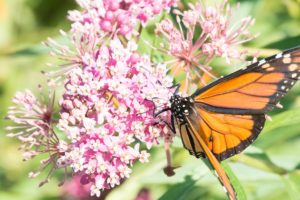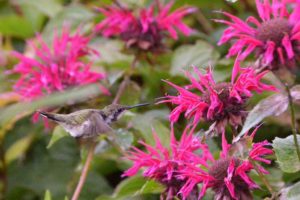
Flying Colors is a sponsored column on the hobby of backyard bird feeding written by Michael Zuiker, owner of the Wild Birds Unlimited store at the Lee Harrison Shopping Center. Visit the store at 2437 N. Harrison Street or call 703-241-3988.
For the past year we have truly enjoyed our journey with you in your backyards, patios, parks and preserves. We have explored the seasons, the storms, the sunsets and the songs of your backyard birds. We have looked at the beauty of the flying birds through your eyes and knowledge.
We also sprinkled in 27 years of history of the Lee Harrison Center.
It has truly been my pleasure to share with you my knowledge of the great hobby of backyard bird feeding.
But that knowledge is just the beginning. Because nature will and does challenge us as to what we think it is and what is right. So, we are always looking for more experience and more knowledge and new ideas and new solutions.
Is that not what makes being in nature that much more alluring? Look under the rock! What is there? Look into the sky. What do I see? Close your eyes and open your ears. That is a new sound not heard before!
So, a big thank you for taking this journey with us. We hope you cross over to our website and follow “Flying Colors” there. We will continue to provide bi-monthly articles, stories and videos about the wonder of nature and the hobby of backyard bird feeding.
And a BIG THANK YOU to ARLnow for helping us share our love of bird feeding with the great Arlington community. Their platform helped us connect to many people who did not know of Wild Birds Unlimited existence.
Remember by using high quality foods and feeders in your yard, you just never know what might show!
Seasons greetings! Stay safe, stay healthy, stay happy, stay inquisitive, stay true to yourself.


